The 3-5-7 Model® is built on the belief that all children placed in out-of-home care experience separation and loss, and this loss must be acknowledged and grieved before permanency can be pursued. The Model is underscored by the three core values of separation and loss, resilience, and attachment. It is a directional model – always moving towards the decision of relationships in permanence, relying on the belief that a child or youth must do their own work to know their own story. The 3-5-7 Model® is both an approach and a framework – it focuses heavily on case workers and supervisors, ensuring they are best trained to guide youth through the grieving process, to heal relationships, and build trust and permanent relationships. The Model recognizes that permanency is a relationship; it is not a place. Therefore, it is a guided approach that trains and coaches professional to support young people and families to make those decisions themselves, through meetings, tools, and activities.
Steps to Success
The 3-5-7 Model® is a strengths-based, individual-driven practice approach that empowers children, young people and their families to explore and resolve the traumas that have occurred within their relationships and life events. The 3-5-7 Model® provides clinicians, coaches, and caregivers with sensory tools and activities to guide work around issues of separation and loss, identity formation, and relational trauma.
Clarification
Explores life events providing
opportunities to reconcile losses;
Integration
Focuses activities on rebuilding relationships through the attachment process;
Actualization
Assists in visualizing future goals establishing permanent connections.

The 3-5-7 Model® is a state-of-the-art, evidence-based practice that supports the work of children, youth and families in grieving their losses and rebuilding their relationships towards the goals of well-being, safety and permanency. The 3-5-7 Model® is the core of child welfare practice, incorporating theoretical underpinnings from child development, attachment, separation and loss, trauma, family systems and relationship development. In 2012, the Administration on Children, Youth and Families (ACYF) underscored the importance of promoting social and emotional well-being for children and youth receiving child welfare services. This desired well-being relates to the teachings of Erikson, understanding how maltreatment impacts child development; Kubler-Ross, understanding grief; Maslow, understanding the Hierarchy of Need and a sense of belongingness; and other well- known experts on attachment and relationship building.
The 3-5-7 Model® is a strengths-based approach that empowers children, youth and families to engage in grieving and integrating significant relationships. Family Search and Engagement activities, Family Group Decision Making, Signs of Safety, and other practice models can be woven into the practices of the 3-5-7 Model®.
The 3-5-7 Model® is an effective engagement strategy for children and youth to reconnect with and honor their birth families, understanding that they are loved in the same context of their parent being unable to provide care for them. Family Search and Engagement activities, Family Group Decision Making, Signs of Safety, and other practice models can also be woven into the three tasks of the 3-5-7 Model®. The Model uses tools (e.g., lifebooks, loss/life lines) to support work around issues of separation and loss, identity formation, attachment, and building relationships, and it also supports deeper therapeutic work around abuse, abandonment, and neglect experiences. Practice applications can be made throughout ongoing case management services, from intake to child protective to placement services. The 3-5-7 Model® supports kinship, foster and adoptive family relationships.
Ultimately, the 3-5-7 Model® takes the “guess work” or the “we hope it works” approach out of permanency decision making. Children and youth, as well as families, know when they are ready to actualize placements/permanency. Decision making is then based on this readiness.

